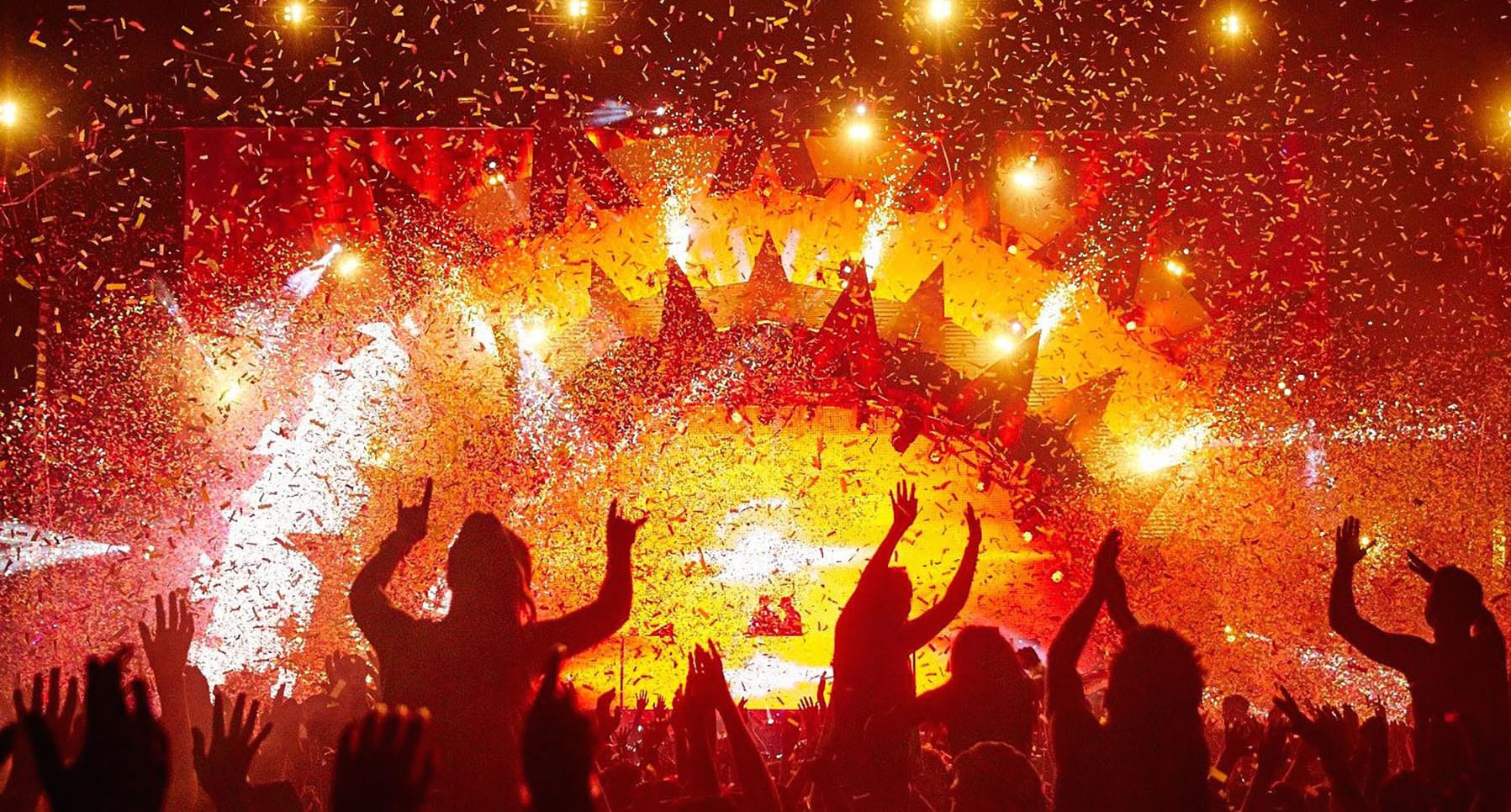This summer, hundreds of thousands of people will gather in fields and outdoor public spaces to take part in one of the season’s defining events: the summer music festival. Demand is sky-high for these spectacles of sound and special effects, with tickets to the most popular shows — Bonnaroo, Coachella, Lollapalooza — selling out within hours.
 Upwards of 90,000 festivalgoers per day (and night) are entertained at the largest shows with music supported by high-tech lighting, holograms and dazzling video displays. But behind every experience is a cadre of event technicians who meticulously design and produce every detail, giving attendees the complete festival experience.
Upwards of 90,000 festivalgoers per day (and night) are entertained at the largest shows with music supported by high-tech lighting, holograms and dazzling video displays. But behind every experience is a cadre of event technicians who meticulously design and produce every detail, giving attendees the complete festival experience.
“With more and more festivals happening in the industry, and with the same artists performing, the way to stand out and be unique is through your technical design,” says James Klein, owner of James Klein Events, a company that was the stage designer for the 2013 ULTRA Music Festival in Miami and the 2015 Future Music Festival in Sydney, Australia.
Using the latest technology, and having an expert tech team in the field to run that technology, are keys to producing an unforgettable experience. Here’s a look at the behind-the-scenes work technicians handle to bring music festivals to the masses:
Design with Technology in Mind
Technology’s having a big impact on event planning and execution. For starters, mobile devices and social media allow organizers to personalize the experience, and cooperation with field support teams is critical.
“We combine all elements of technical production — lighting, special effects — and put it together to deliver spectacular moments,” Klein says.
When planning and producing a music festival, there is a wealth of information to consider. “Each festival has their own brand and identity, so you want to incorporate that into the design,” Klein says. Initially, the planning process begins by outlining the event’s technical requirements.
“Now that the equipment has advanced, you have the tools you need to engage a crowd across a multi-hour event.” — James Klein
Every detail of a concert is drawn into a master plan, including engineering drawings, video monitor pixel maps, special lighting elements and additional equipment a performer might need. Then, each component of the larger plan is broken down to explain details of how each element needs be set up and run. The tech team follows these plans to turn the planners’ vision into reality.
Technical ‘Wizardry’
 Technical equipment includes several forms of lighting (positional, wash, beam and LED lights) and other standard components, such as video, audio, lasers and special effects. “The real wizardry is how these elements are combined together,” Klein explains. “That’s what creates the moment.”
Technical equipment includes several forms of lighting (positional, wash, beam and LED lights) and other standard components, such as video, audio, lasers and special effects. “The real wizardry is how these elements are combined together,” Klein explains. “That’s what creates the moment.”
Also crucial to creating the moment is choosing a technical team that knows how to work together to control these elements. Klein sources his tech teams through a network he’s built during his 16 years in the industry.
Klein says that since he doesn’t always know what an artist or DJ will play during the set, lighting and video operators must be able to follow along and react in the moment. To account for this, the tech team pre-programs key sequences. This involves creating synchronized moments — whether a series of lasers, pyrotechnics or an alternating color scheme — that the tech team can decide to use based on what music is playing.
Lighting and video operators often have to make these decisions together on the fly during a show. “The audience might not understand how it’s done, but it captures their imagination in that moment,” Klein says.
Evolve with Technology
 Klein encourages his clients to embrace new technology and use the latest gear available. “Now that the equipment has advanced, you have the tools you need to engage a crowd across a multi-hour event,” says Klein, whose equipment includes the most current technology capable of attention-grabbing effects.
Klein encourages his clients to embrace new technology and use the latest gear available. “Now that the equipment has advanced, you have the tools you need to engage a crowd across a multi-hour event,” says Klein, whose equipment includes the most current technology capable of attention-grabbing effects.
As music festivals continue to evolve with technology, it becomes increasingly important to staff an expert tech team skilled in running the latest equipment. These teams become artists themselves and are ultimately responsible for producing the high-quality sound and stunning visual effects that create the overall music festival experience for an audience.
“At the end of the day, it might just be one or two guys on a stage,” Klein says. “You have to put on a show that takes people on a journey through the technical production and the music.”


Share this: